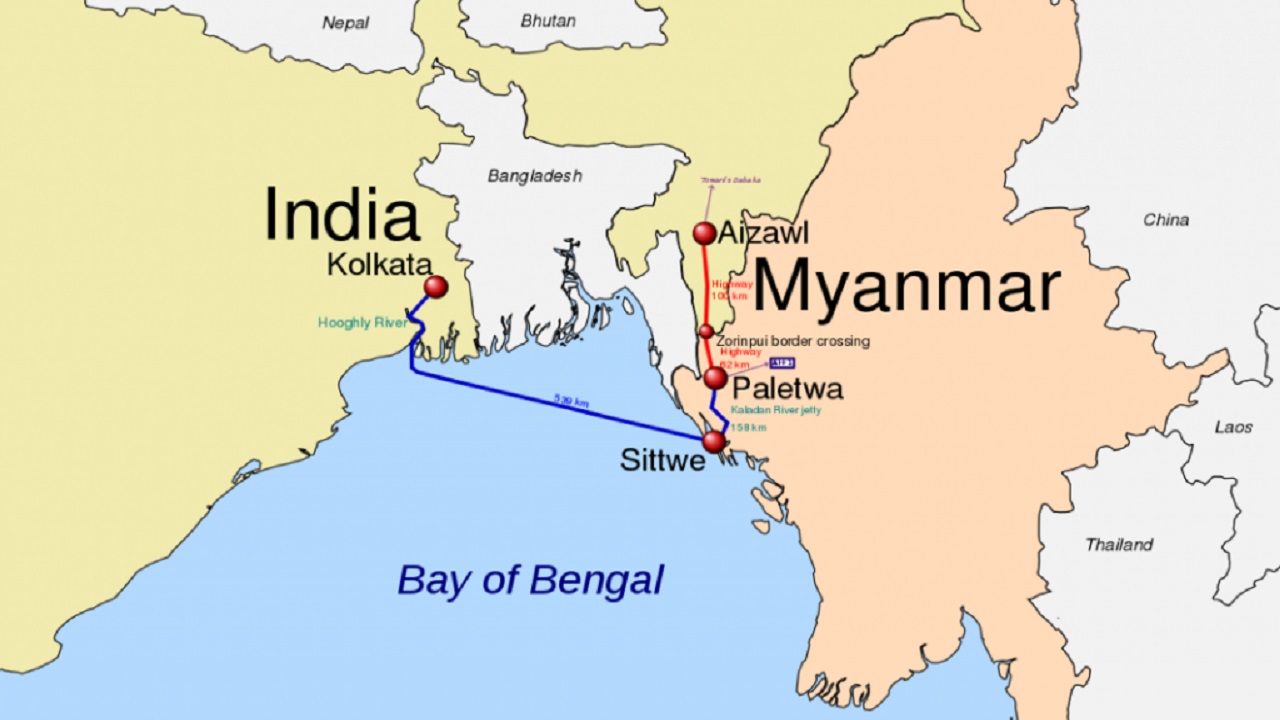Myanmar: A Country in Crisis
Myanmar, often called the "sick man of Southeast Asia," has been unstable since the military coup on February 1, 2021. Even after four years, the country remains divided, with ongoing battles between the military leaders and various groups resisting them. To understand what's happening, we need to look at the conflict itself, the role of regional organizations, and how nearby countries are involved.
The Military Conflict and Its Consequences
- Civil War After the Coup: After the coup, Myanmar entered a civil war between the military and a group of resistance forces, including ethnic armed organizations (EAOs) and people's defense forces (PDFs).
- National Unity Government (NUG): The NUG, which opposes the military, is trying to unite the resistance groups but the situation remains chaotic.
- Human Impact: By January 2025, more than 28,000 people have been arrested, 6,200+ deaths have occurred, and around 3.3 million people have been displaced from their homes.
- Military Violence: The military junta has been using brutal tactics, like violence, unlawful killings, and bombing civilian areas. These actions have been widely condemned by human rights groups.
- Struggle for Control: While the resistance groups continue to fight, they haven’t won a clear victory, and Myanmar is now divided into three areas:
- Central area under military control.
- Border areas held by resistance groups.
- Other regions where fighting and bombings happen regularly.
The Role of ASEAN and Its Limited Influence
-
ASEAN's Attempts: ASEAN (Association of Southeast Asian Nations) was expected to play a big role in ending the crisis. They introduced the Five-Point Consensus (5PC), which called for:
- Ending violence.
- Dialogue between the opposing sides.
- Humanitarian aid.
Unfortunately, the military junta ignored these calls, making ASEAN’s efforts ineffective.
-
ASEAN's Divided Stance: The ASEAN members don’t agree on how to deal with Myanmar. Some countries want stronger actions, while others focus on maintaining economic and strategic relationships with Myanmar.
-
ASEAN's Weakness: Since ASEAN can’t enforce its own decisions, it has been unable to solve the problem.
The Role of Neighboring Countries: Conflicting Interests and Limited Influence
China’s Growing Influence
- China has become the most influential foreign power in Myanmar since the coup. It maintains close ties with the military leaders, even while dealing with resistance groups along the border.
- Why China is Involved:
- The China-Myanmar Economic Corridor (CMEC) is important for China’s economic plans, including ports and pipelines that link Myanmar to China. These projects help China reduce its reliance on other routes for energy imports.
India’s Challenge: Balancing Security and Democracy
- India has supported democracy in Myanmar in the past, but it faces a tough decision because it shares a northeastern border with Myanmar, where insurgent groups operate.
- India's Interests: India has economic projects in Myanmar, like the Kaladan Transit Project, which connects India's northeastern states to Myanmar’s Sittwe port. But since the resistance groups control much of Myanmar, India’s access to these projects is at risk.
Thailand: A Neighbor with Limited Power
- Thailand, which shares a border with Myanmar, has historically cooperated with Myanmar on economic and security matters. However, internal politics and the wider regional situation limit Thailand’s ability to help solve the crisis.
Bangladesh and Laos: Limited Impact
- Bangladesh doesn’t have much power over Myanmar, but it has been involved in talks, especially concerning the Rohingya crisis. Despite this, progress has been slow.
- Laos has little influence on Myanmar’s situation, mainly following ASEAN’s approach, which has been ineffective so far.
Conclusion
Myanmar’s future depends on whether its military leaders and the resistance can sit down and talk. As long as they remain in conflict, the country will continue to suffer from violence and instability. While countries from outside have tried to help, the solution must come from Myanmar itself.




Comments (0)